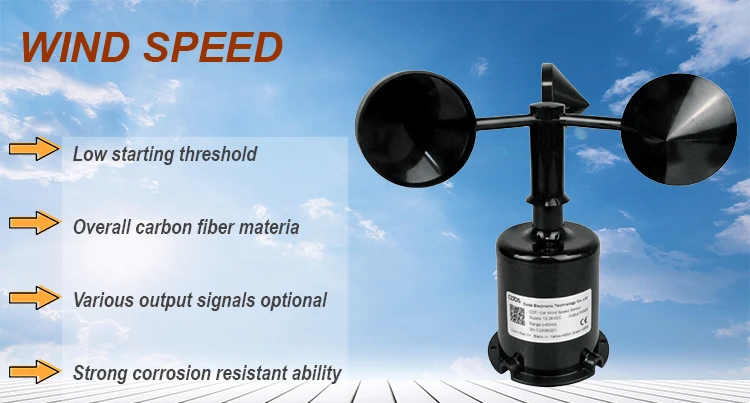
# Wind Direction Measuring Instrument
## Understanding Wind Direction Measurement
Wind direction is a crucial meteorological parameter that helps us understand weather patterns, predict storms, and optimize various industrial processes. A wind direction measuring instrument is specifically designed to determine the direction from which the wind is blowing.
## Types of Wind Direction Measuring Instruments
### 1. Wind Vanes
The most traditional and widely recognized instrument for measuring wind direction is the wind vane. This simple yet effective device consists of an arrow or pointer that rotates freely on a vertical axis, always pointing into the wind.
### 2. Sonic Anemometers
Modern sonic anemometers use ultrasonic sound waves to measure both wind speed and direction. These instruments are highly accurate and don’t have moving parts, making them ideal for harsh environments.
### 3. Aerovanes
Aerovanes combine the features of an anemometer and a wind vane in a single instrument. They provide simultaneous measurements of wind speed and direction with good accuracy.
## How Wind Direction Instruments Work
Wind direction measuring instruments typically operate by aligning themselves with the wind flow. The measurement is usually expressed in degrees from true north (0° or 360°), with common directions being:
- North (0° or 360°)
- East (90°)
- South (180°)
- West (270°)
## Applications of Wind Direction Measurement
Accurate wind direction measurement is essential in various fields:
- Weather forecasting and meteorological research
- Aviation for airport operations and flight planning
- Marine navigation and offshore operations
- Wind energy production for turbine positioning
- Agricultural spraying operations
- Environmental monitoring of pollutant dispersion
## Choosing the Right Instrument
When selecting a wind direction measuring instrument, consider these factors:
- Measurement accuracy requirements
- Environmental conditions (temperature, humidity, corrosive elements)
- Maintenance needs and durability
- Data recording and transmission capabilities
- Budget constraints
## Maintenance and Calibration
Regular maintenance ensures accurate measurements:
- Keep moving parts clean and lubricated
- Check for physical damage or wear
- Verify alignment with true north
- Perform periodic calibration against known references
## Future Developments
Emerging technologies in wind direction measurement include:
- Miniaturized sensors for IoT applications
- LIDAR-based remote sensing systems
- AI-powered predictive models using historical data
- Integration with satellite data for global wind pattern analysis
Keyword: instrument measure wind direction